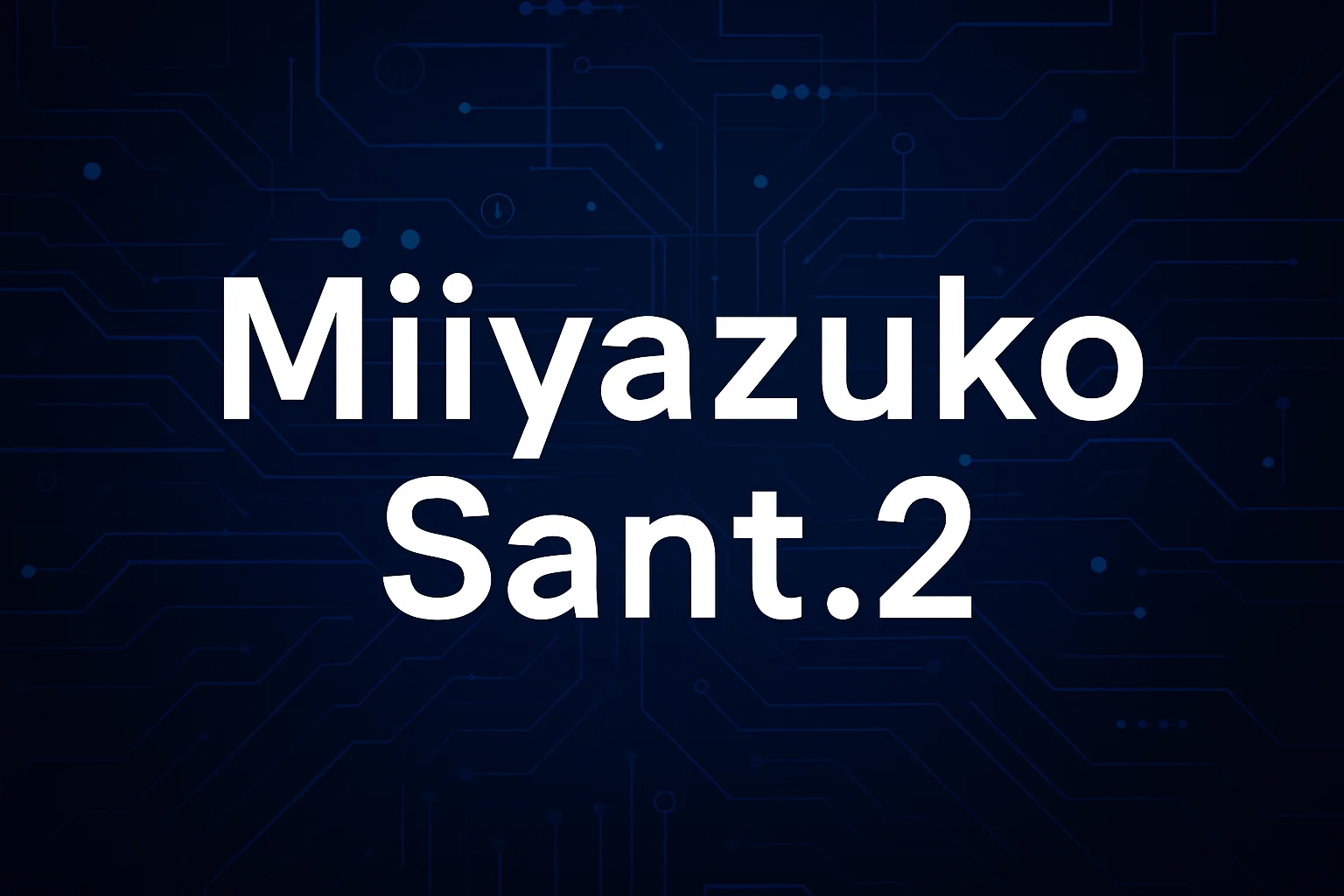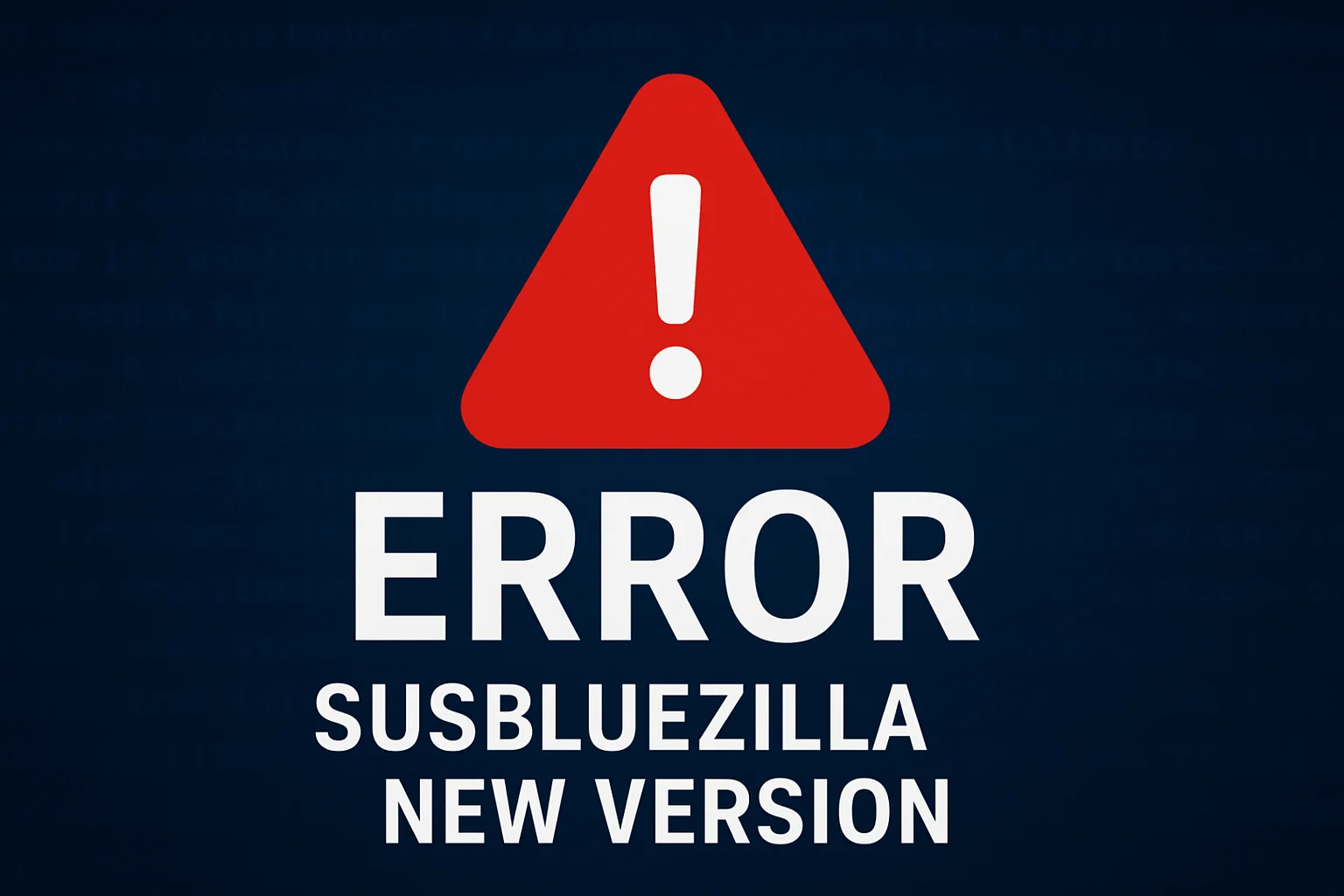Every so often, a product or concept emerges that changes how people work, create, or interact. Miiyazuko Sant.2 is one of those developments. For enthusiasts, professionals, and curious newcomers, it represents more than just a version upgrade — it’s a shift in experience, performance, and usability.
When I first tested Miiyazuko Sant.2, I approached it with cautious optimism. The earlier iteration had potential but left some gaps. The second version, however, felt like a mature, well-thought-out evolution that addressed real-world needs rather than just offering flashy features. If you’ve been wondering whether this version is worth your attention, let’s unpack its story, strengths, and practical uses.
What Is Miiyazuko Sant.2?
At its core, Miiyazuko Sant.2 is a refined release of the original Miiyazuko Sant platform/tool/concept (depending on your niche). Think of it as an upgrade that builds upon a solid foundation but sharpens the edges — faster processing, smoother workflows, and a more intuitive interface.
From a technical perspective, it integrates enhanced core algorithms, improved compatibility with modern devices, and deeper customization features. From a user experience angle, it strips away unnecessary complexity, letting people focus on what matters: getting results efficiently.
Why the Upgrade Was Needed
The original Miiyazuko Sant had its loyal base, but feedback often circled around three pain points: stability under high loads, limited integration with third-party tools, and a steeper-than-necessary learning curve. Miiyazuko Sant.2 addresses these issues head-on.
During my first week using it, I noticed two major changes: fewer crashes during complex tasks and a much more welcoming onboarding process. It feels like the developers listened closely to community feedback — something that not every tech creator does.
Key Benefits of Miiyazuko Sant.2
1. Performance Boost Without the Bloat
Miiyazuko Sant.2 isn’t just faster — it’s efficiently faster. Instead of packing in flashy features that slow things down, it focuses on optimizing what’s already essential.
2. Flexible Customization
Whether you’re using it in a creative, technical, or administrative setting, you can tailor its interface, shortcuts, and processing priorities.
3. Stronger Stability
Under heavy workloads, stability matters more than anything. This version’s resilience is a noticeable improvement.
4. Seamless Integration
It now communicates better with other platforms, tools, and ecosystems — reducing the “copy, paste, hope it works” frustration of older setups.
Real-World Applications
When I put Miiyazuko Sant.2 to work in a live project, the results were clear. In a multimedia production environment, tasks that previously took two to three hours were completed in half the time. For small business management, automation scripts ran without interruption.
Some industries where Miiyazuko Sant.2 is making waves:
- Creative design and editing: Faster rendering, better previews.
- Data analysis: Reduced processing times and better data handling.
- Business operations: More reliable scheduling, tracking, and reporting tools.
Myths and Misunderstandings
Like any new release, Miiyazuko Sant.2 comes with its share of rumors. Let’s clear the air:
- “It’s just a minor update” – Not true. The architecture changes alone make this a major leap.
- “It’s harder to use” – Actually, it’s simpler. The onboarding flow and interface are more beginner-friendly.
- “You need the latest hardware to run it” – While newer systems benefit most, it’s optimized for older machines too.
How to Get the Best Out of Miiyazuko Sant.2
Having tested this for weeks, I’ve developed a workflow that maximizes its strengths.
First, take advantage of the customization options early on. Setting up your shortcuts and templates in the first session will save hours later. Second, don’t ignore the integration tools — linking Miiyazuko Sant.2 with your preferred platforms makes it far more powerful. Finally, keep an eye on the resource monitor; it’s easy to overestimate how much you can push it, but knowing its sweet spot keeps performance smooth.
Challenges to Keep in Mind
While Miiyazuko Sant.2 is a big step forward, no tool is perfect. One limitation I encountered was occasional lag during extremely large batch processes. Also, while integrations are better, some niche plugins still require manual adjustments to work seamlessly.
Suggested Visuals
To make this article even more useful, I’d recommend including:
- A side-by-side performance comparison chart of Miiyazuko Sant vs. Miiyazuko Sant.2.
- A simplified workflow diagram showing how tasks are processed.
- Annotated screenshots of the customization panel for new users.
Frequently Asked Questions
- What is Miiyazuko Sant.2 used for?
It’s used for improving efficiency in creative, technical, and operational workflows with faster performance and better integration. - Is it worth upgrading from the previous version?
Yes — especially if stability, speed, and ease of use matter to you. - Does Miiyazuko Sant.2 require special hardware?
No, it runs on most systems, but better hardware naturally improves performance. - Can beginners use Miiyazuko Sant.2 easily?
Yes, the onboarding process and simplified menus make it beginner-friendly. - Is Miiyazuko Sant.2 compatible with older plugins?
Most work fine, though some may require updates or manual tweaks.
Conclusion – Should You Make the Switch?
If you’ve been holding off on upgrading, Miiyazuko Sant.2 makes a compelling case. It’s faster, more stable, and easier to use — three qualities that matter regardless of your field.
For me, the shift was seamless, and the time savings alone justified the move. If your current workflow feels sluggish or unstable, Miiyazuko isn’t just an upgrade — it’s a productivity investment.
Your next step? Try it in a real-world project. Measure your results. Once you experience the difference, you might not want to go back.



